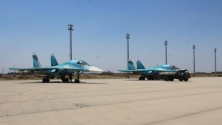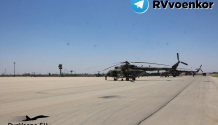hand held radar for detecting small UAVs.
“The development of unmanned technologies is tightening security requirements at industrial, infrastructure and other critical facilities. The main task of the new radar station is to search for low-flying small-sized air targets and other threats, such as ground-based robotic systems. The radar can simultaneously track up to 32 targets, and also work in conjunction with other radar monitoring systems. To date, the station has already passed preliminary tests,” said Andrey Komogortsev, Director General of the RZP.
Rostec is creating a line of various means of combating UAVs. Among them are the Rat multifunctional mobile complex with a laser destruction system, the Ataka-DBS anti-civil UAV complex, and electromagnetic guns.


